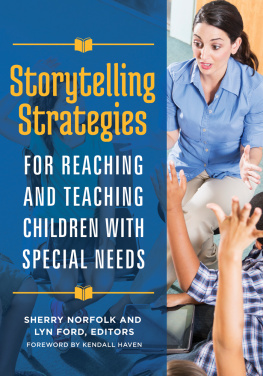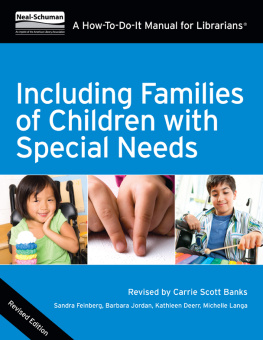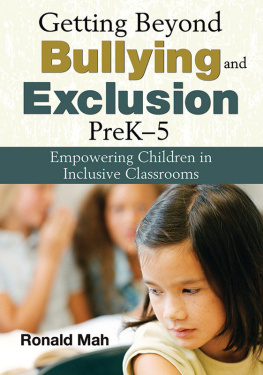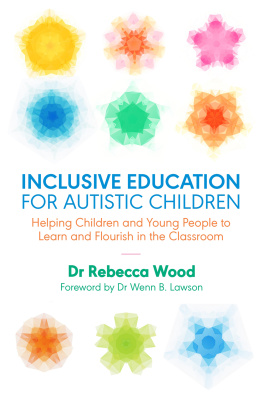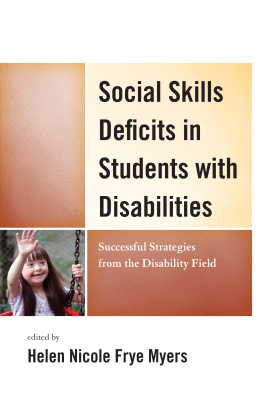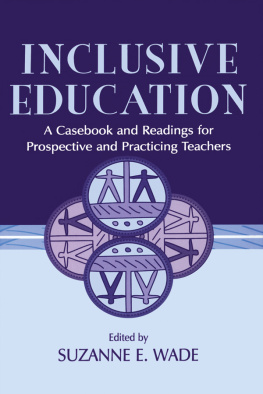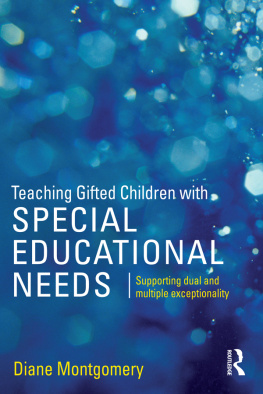Sherry Norfolk - Storytelling Strategies for Reaching and Teaching Children with Special Needs
Here you can read online Sherry Norfolk - Storytelling Strategies for Reaching and Teaching Children with Special Needs full text of the book (entire story) in english for free. Download pdf and epub, get meaning, cover and reviews about this ebook. year: 2017, publisher: ABC-CLIO, genre: Home and family. Description of the work, (preface) as well as reviews are available. Best literature library LitArk.com created for fans of good reading and offers a wide selection of genres:
Romance novel
Science fiction
Adventure
Detective
Science
History
Home and family
Prose
Art
Politics
Computer
Non-fiction
Religion
Business
Children
Humor
Choose a favorite category and find really read worthwhile books. Enjoy immersion in the world of imagination, feel the emotions of the characters or learn something new for yourself, make an fascinating discovery.
- Book:Storytelling Strategies for Reaching and Teaching Children with Special Needs
- Author:
- Publisher:ABC-CLIO
- Genre:
- Year:2017
- Rating:3 / 5
- Favourites:Add to favourites
- Your mark:
Storytelling Strategies for Reaching and Teaching Children with Special Needs: summary, description and annotation
We offer to read an annotation, description, summary or preface (depends on what the author of the book "Storytelling Strategies for Reaching and Teaching Children with Special Needs" wrote himself). If you haven't found the necessary information about the book — write in the comments, we will try to find it.
More than 57 percent of the over 6 million American children with disabilities are in inclusive (i.e., general) classrooms; self-contained classrooms serve children whose disabilities are either more severe or disruptive. As much as 20 percent of the children in an inclusive classroom are identified as disabled, with the highest percentage of these having learning disabilities. While most classrooms have at least one child with a disability, teachers often have little or no training in educating and caring for these children. The need for resources that support educators working with children with disabilities or social/emotional difficulties is clear.
This book fills this critical need, supplying school and public librarians, classroom and special area teachers, and storytelling teaching artists with storytelling strategies for reaching and teaching children with special needs in inclusive classrooms, self-contained classrooms, and public and school libraries. These full-text stories, essays, and lesson plans from experienced storytelling teaching artists provide educators with a wide range of adaptable storytelling and teaching strategies for specific disabilities and enable storytellers to discover news ways to perform their storytelling magic. The book also offers compelling real-life anecdotes that demonstrate the impact of these strategies in inclusive and self-contained classrooms; presents an introduction to the skills of storytelling, why they are useful, and how to use them; and includes suggested modifications for a wide range of disabilities as well as detailed resource lists.
Sherry Norfolk: author's other books
Who wrote Storytelling Strategies for Reaching and Teaching Children with Special Needs? Find out the surname, the name of the author of the book and a list of all author's works by series.

